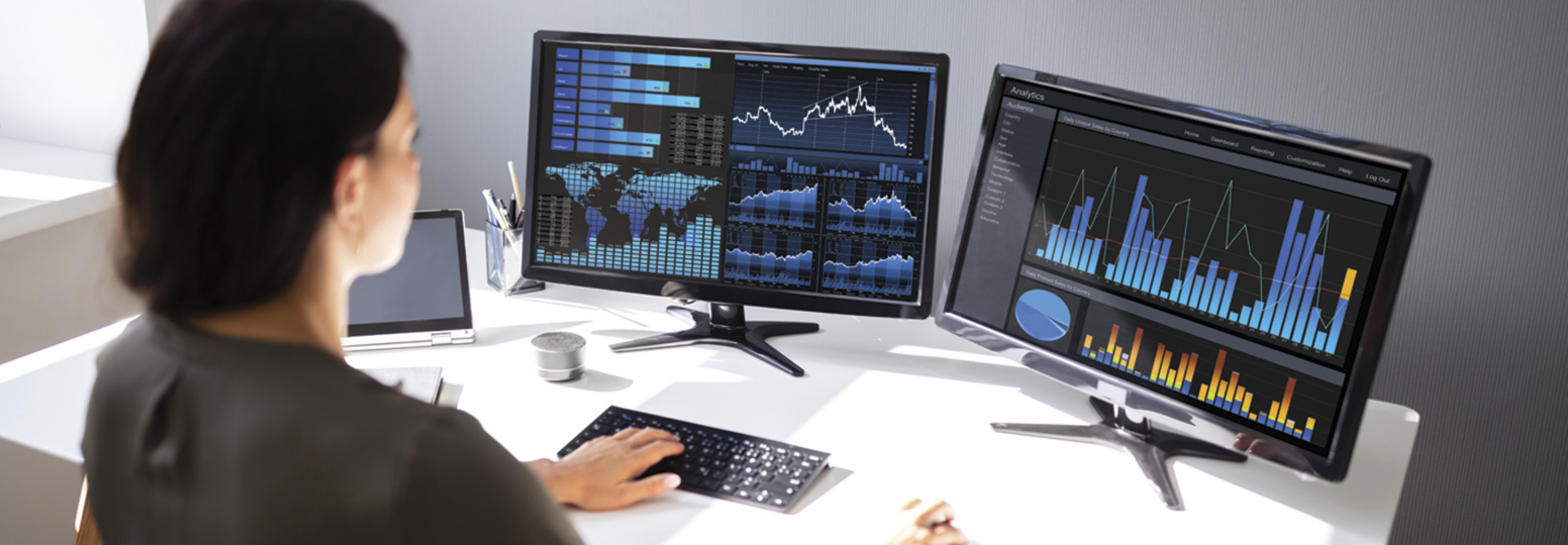What Is Predictive Analytics Software?
For years, government agencies have employed traditional statistical analytics software (SAS) to build predictive models, but those workers were usually sequestered into back rooms without access to policymakers, notes Churchill. “But now data science is in vogue and it’s the cool job,” he says.
The most basic way to understand predictive analytics is to ask, “How do I take what I can clearly see is happening and begin to, through trained models, describe what will happen based on the variables that we are feeding the machine?” Churchill says.
Mohan Rajagopalan, senior director of product management at Splunk, notes that predictive analytics involves the ability to aggregate data from a variety of sources and then predict future trends, behaviors and events based upon that data. That can include identifying anomalies in data logs and predicting failures in data centers or machines on an agency’s network. It can also be used to forecast revenues, understand buying behaviors and predict demand for certain services.
“The outcome of predictive analytics is the prediction of future behaviors,” Rajagopalan says.
Adilson Jardim, area vice president for public sector sales engineering at Splunk, says that predictive analytics exists on a spectrum. On one end are basic statistical or mathematical models that can be used to predict trends, such as the average of a certain type of behavior. On the other end are more advanced forms of predictive analytics that involve the use of machine learning, in which data models are asked to infer different predictive capabilities, Jardim says.
Some customers are ingesting up to five petabytes of data per day, and that data can be used to not only understand what has happened but what could or is likely to happen, he says.
Predictive analytics can be applied across “a broad range of data domains,” Churchill says.
How Predictive Analytics Works
The first component of predictive analytics is the data itself, according to Rajagopalan. One of the big challenges state and local government agencies and other organizations face these days is the volume, variety and velocity of data.
“A model in the absence of trustworthy, validated and available data doesn’t yield much of a result,” Churchill adds. “Beyond that, it varies by use case.”
Another core element of the process is algorithms. Yet another is the model that is used to define how the data will be processed, Rajagopalan says. The algorithms can be as simple as rules applied to understand a particular situation or to understand data in the context of a particular scenario. There are also supervised algorithms and models that use machine learning techniques to build hypotheses around trends in the data and constantly refine themselves based on the data they are presented with.












